Workplace accidents are often due to a lack of safety equipment in the workplace. Falls, slips, electrocution, fire - they can all be avoided if the employer carries out an in-depth analysis of each workstation, machine and tool. In fact, it is the employer's duty to protect the health and lives of his employees with personal protective equipment (PPE).
This equipment is made available to employees so that they can work in good conditions and without risk. But many companies fail to provide this equipment, despite their obligation to do so.
In this new article, we'll take a look at what PPE is, and what laws require each company to put it in place. We'll also look at the different types of PPE, as well as the flooring and safety equipment models offered by NEOSOL.
What is PPE?
Article R 233-83-3 of the French Labor Code states that:
"Personal protective equipment (PPE) is a device or means intended to be worn or held by a person in order to protect him or her against one or more risks likely to threaten his or her health and safety."
This means that the use of protective equipment is an obligation for every employer for its employees.
Since their introduction, numerous texts dealing with the conformity of equipment, the organization of conditions of implementation and application have been added to these regulations. The aim is to enhance the safety, well-being and comfort of personnel in all sectors of activity.
It should also be noted that PPE is not just for professionals, but also for sports and leisure activities.
PPE: Employer obligations
Workplaceaccidents can happen very quickly, with fatal consequences depending on the situation: exposure tonoise, vibration, shock, crushing, heat, contact with or inhalation of chemical or biological agents, electrocution, UV radiation, etc. PPE has therefore been designed with the employer in mind.
PPE has therefore been designed following an analysis of these risks, and has been classified into 3 main categories.
- work equipment for minor risks (class I)
- protective equipment for major risks (class II)
- safety equipment for serious or fatal risks (class III)
As employers are responsible for their employees, they are obliged to provide their teams with regulated, CE-compliant PPE, free of charge. He isalso responsible for keeping his staff informed about the various risks that may be incurred at their workstations, and about the proper use of PPE through training.
He must also carry out periodic checks with his employees to ensure that PPE is being used correctly, and replace equipment in the event of deterioration or before its expiration date.
Having been informed of the risks of his or her workstation and the use of PPE, the employee must comply with the instructions given and their use. If, however, the employee refuses to wear the PPE during working hours, the employer is entitled to impose sanctions.
The different types of personal protective equipment
Within the 3 main categories of PPE, we can find 7 types of equipment that protect :
- head: helmet, net, etc.
- ears: ear muffs, ear plugs, etc.
- eyes: goggles, visor, etc.
- respiratory: mouth and nose mask, etc.
- lower limbs: gloves, work jacket, fluorescent vest, etc.
- upper limbs: safety socks and shoes, pants, etc.
- body: apron, overalls, harness, ropes, etc.
For each type of PPE, there are different models, depending on the degree of risk involved. In addition to basic personal equipment, employers can enhance their employees' safety and working comfort by installing professional floor coverings. NEOSOL, expert in protective equipment solutions for all professionals, offers you different ranges of industrial floor mats.
|
Industrial floor mats
|
Description and model
|
|
Anti-fatigue mats
|
Most industrial jobs involve standing. Inaddition to the drudgery of work and repetitive actions, this position tires the body and eventually leads to RSI. The anti-fatigue mat will therefore improve posture and make work more comfortable.
Different models are available to suit different situations.
This is the case for the compact foam anti-fatigue mat with orange peel surface. With a thickness of 9.4 mm and millions of air bubbles, it provides ergonomic comfort for employees.
|
|
Food industry mats
|
The agri-food and catering sector encompasses a whole range of high-risk occupations:tripping, slipping, falling, health risks, contamination, etc .To eliminate these risks and avoid any accidents, the PPE that can be put in place is food processing mats. Depending on the environment and workstation, you can choose between several models. For example, you have the individual nitrilerubber mat, , which is non-slip and grease-resistant. It has edges to prevent falls.
|
|
ESD mats
|
To avoid electrical hazards in industry, it is essential to use an antistatic mat. Designed to stop electrostatic charges (ESD), it will help protect your personnel and surrounding electrical equipment. One of the models NeoSol offers manufacturers is the all-environment ESD mat. It has several functions: it dissipates static electricity, it is anti-fatigue, it is anti-slip and reduces the drudgery of standing work by providing comfort and good ergonomics for employees.
|

Find our other ergonomic mat models and all our professional floor mats in our ONLINE CATALOGUE.
NEED ADVICE?
Contact Céline
![Fire classification, UPEC and ISO 10874 standards Fire classification, UPEC and ISO 10874 standards]() Fire classification, UPEC and ISO 10874 standardsFire rating and quality standards should be one of the main criteria to consider before buying professional flooring. Find out why with NEOSOL.Read More
Fire classification, UPEC and ISO 10874 standardsFire rating and quality standards should be one of the main criteria to consider before buying professional flooring. Find out why with NEOSOL.Read More![Static electricity risks and solutions Static electricity risks and solutions]() Static electricity risks and solutionsHow dangerous is static electricity for employees? How do industries reduce the risks associated with electrostatic discharge?Read More
Static electricity risks and solutionsHow dangerous is static electricity for employees? How do industries reduce the risks associated with electrostatic discharge?Read More![Professional mats: how to care for them? Professional mats: how to care for them?]() Professional mats: how to care for them?Professional mat maintenance is essential to maintain the longevity of your mat and the safety of passers-by. NEOSOL, the flooring expert, reveals its different maintenance methods.Read More
Professional mats: how to care for them?Professional mat maintenance is essential to maintain the longevity of your mat and the safety of passers-by. NEOSOL, the flooring expert, reveals its different maintenance methods.Read More![Accessibility and ERP: how do I know if I'm in compliance? Accessibility and ERP: how do I know if I'm in compliance?]() Accessibility and ERP: how do I know if I'm in compliance?Accessibility must be a priority for every ERP. But you still need to know if you're in compliance. To help you, NeoSol, the professional flooring specialist, tells you more.Read More
Accessibility and ERP: how do I know if I'm in compliance?Accessibility must be a priority for every ERP. But you still need to know if you're in compliance. To help you, NeoSol, the professional flooring specialist, tells you more.Read More











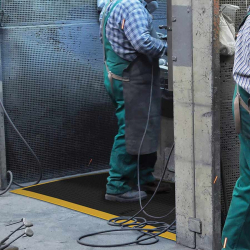
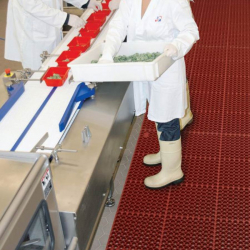
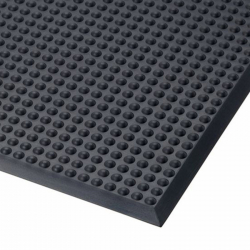
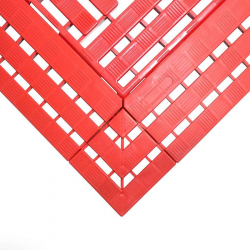
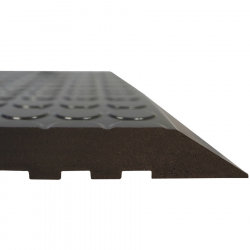
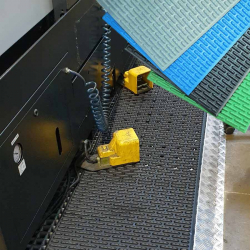
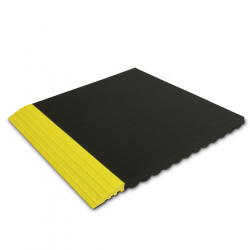




Leave a comment